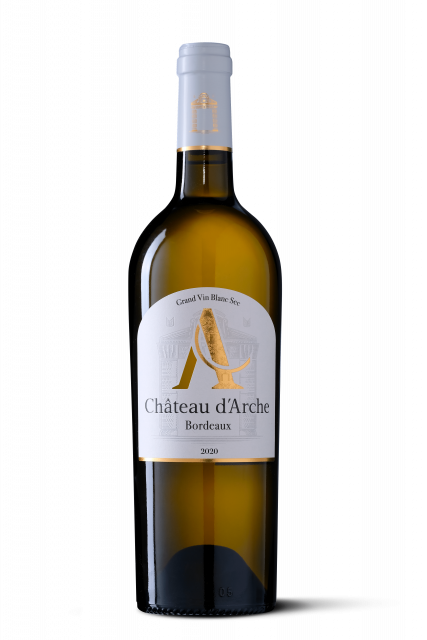This website uses cookies so that we can provide you with the best user experience possible. Cookie information is stored in your browser and performs functions such as recognising you when you return to our website and helping our team to understand which sections of the website you find most interesting and useful.
Château d’Arche launches Bordeaux using ‘pioneering’ study into Botrytis
Château d’Arche has launched its first dry white Bordeaux based on a ‘pioneering’ study into Botrytis aromas.

The winery, which is the first in Sauternes to conduct research of this kind, has revealed essential information about the quality of the grapes so that the harvest can be started at the precise moment when Botrytis starts to develop.
Working the technical team at Château d’Arche, technical director, oenologist and former INRAE engineer, Matthieu Arroyo has worked closely with the Institut des Sciences de la Vigne et du Vin (ISVV) to discover more about the process.
According to Château d’Arche, the timing is critical because as soon as this happens the aromas of the Sémillon and Sauvignon grapes multiply to create a dry white wine with exactly the same intensity of aromas as a Sauternes. Then later during the aging process 30% of the wine spends time in Sauternes casks to further enhance these distinctive aromatic characteristics in the wine.
Didier Galhaud, director of operations at Château d’Arche said: “It’s our savoir-faire for making Sauternes combined with this innovative technique that we have developed to manage the botrytis which have enabled us to make this unique new dry white Bordeaux, A – Château d’Arche. It’s the reason why the wine is so aromatic and complex and also what sets it apart from wines being made in other dry white producing regions.”
The wine is made from a blend of 85% Semillon and 15% Sauvignon grapes grown on vines averaging 40 years old in soils which are a blend of 80% gravel and 20% clay-limestone. The grapes are hand-picked on the verge of Botrytis and then matured on fine lees for six months, half in temperature-controlled vats and half in barrels, 20% of which are new and 30% in Sauternes barrels to reinforce the wine’s identity and aromatic impact.
Galhaud explained that he sees this latest advance as evidence that Sauternes is evolving to meet the tastes of today’s wine drinkers and that Château d’Arche is at the forefront of that change.
He added: “My aim is to make Château d’Arche a must-see property for visitors to the region that has managed to remain both relevant and accessible in the modern world of wine.”
Related news
Groupe Bollinger appoints new deputy CEO

